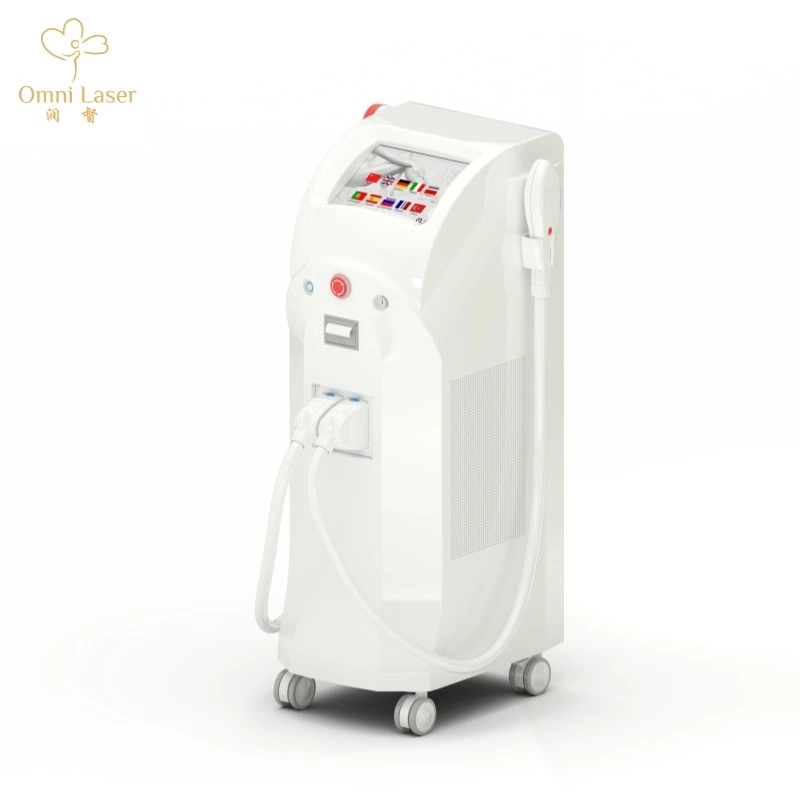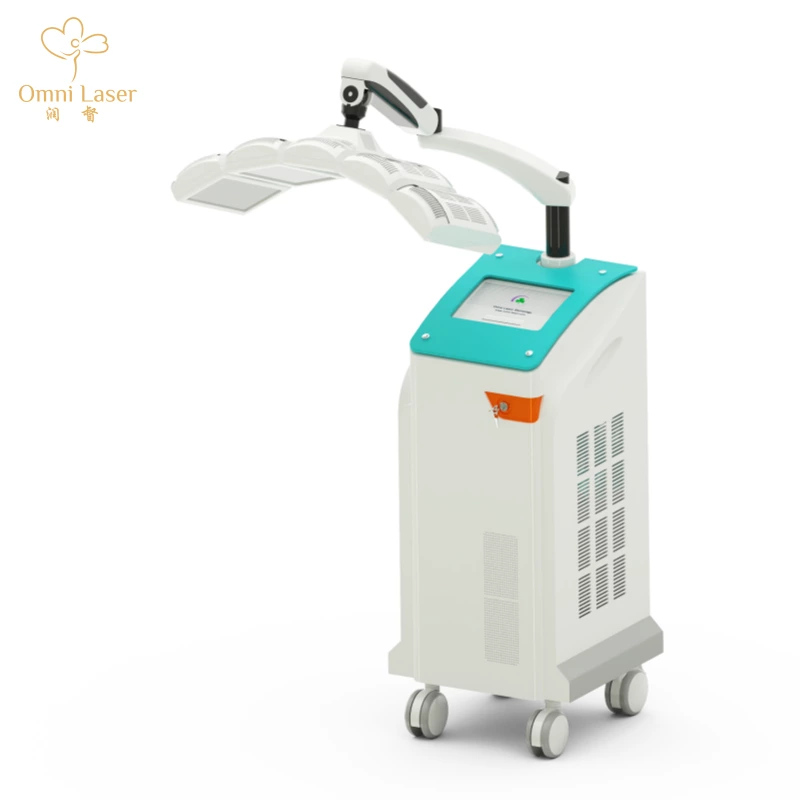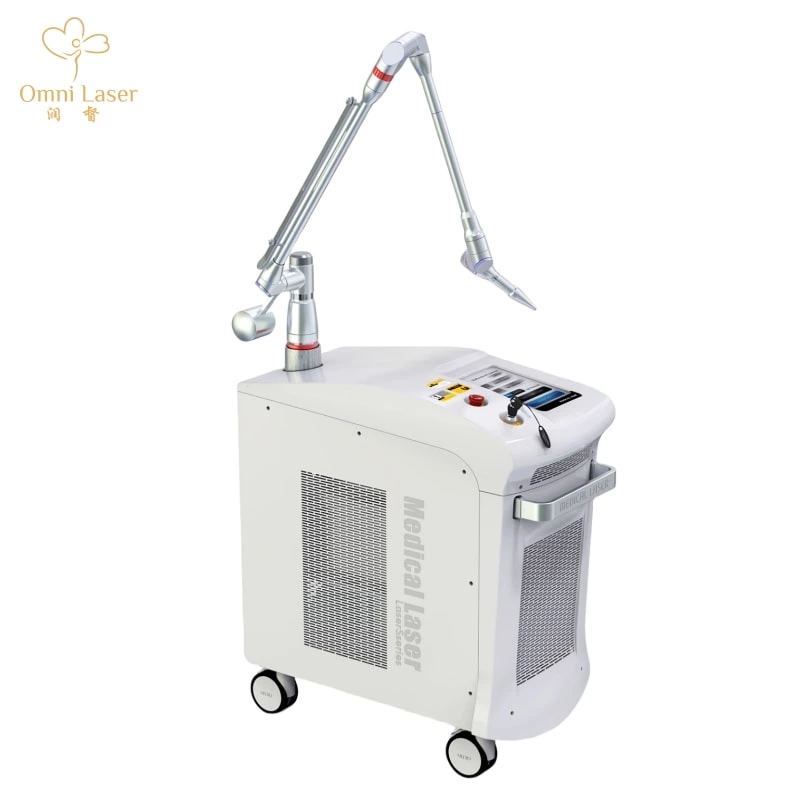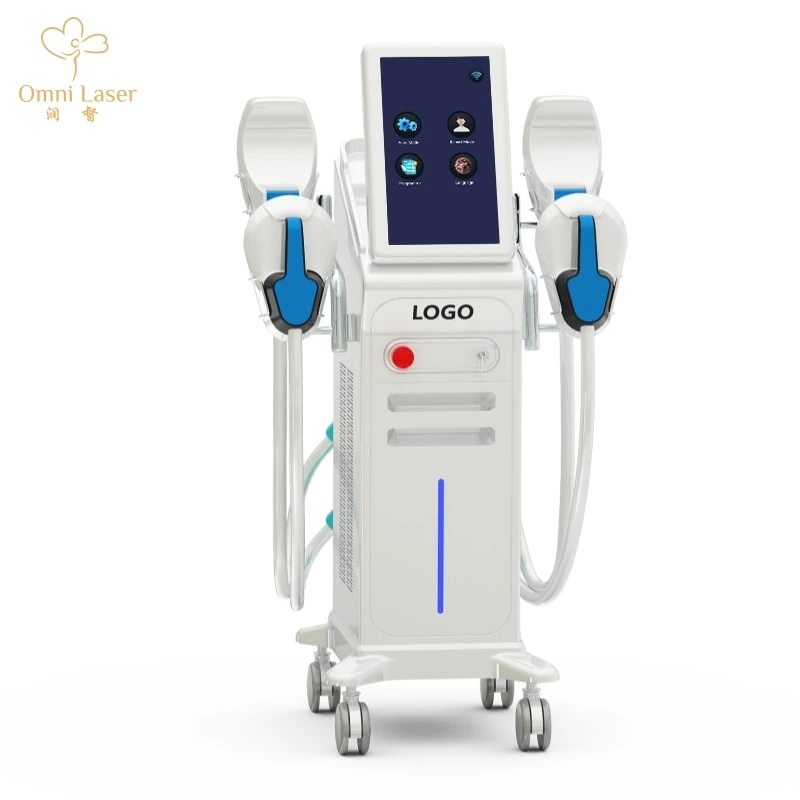How Do ND:YAG Lasers Work in Tattoo Removal?
Although getting a tattoo may seem like a very good idea at first, our opinion may change over time and we may not want to see our tattoo anymore. Thanks to the developments in laser technology, it is possible to safely and effectively remove the permanent ink used during the tattooing process from the skin.
How Do Lasers Work in Tattoo Removal?
Omni ND:YAG laser can treat 90-95% of tattoos, since red and black are the most popular tattoo ink colors. Both Nd:YAG wavelengths are safe on all skin types and allow for the most efficacious tattoo laser removal procedures available.
Lasers used in tattoo removal break the artificial pigment into small pieces. Pieces of ink that are cut into small pieces are removed by cells that are part of our immune system, which we call macrophages. Completion of laser pulses within nanoseconds is one of the most important factors preventing the burning of the tissue around the pigment and the formation of scars. Another important factor is that sufficient energy reaches the tissue for pigment breakdown. High energy levels can cause tissue damage, while low energy levels may be insufficient to break down the pigment.
When the laser is applied to the skin, the tattoo pigments absorb the light energy, heating them up rapidly. This ultimately shatters the tattoo ink into tiny fragments. These fragmented particles are then gradually eliminated by the body's immune system over several weeks.

Which Laser is Tattoo Removal Done with?
ND:YAG wavelengths effectively work below the surface of the skin to break down the ink particles used in tattoos, making them small enough to be expelled by the body’s own metabolic process.
Q-switch ND:YAG lasers are the gold standard of choice in tattoo removal. Since the light created by Q-switch ND YAG lasers is not trapped by the skin’s own color pigment melanin, the risk of leaving light or dark marks on the skin after tattoo removal is very low.
The 1064nm laser is applied for black or blue pigmentation and penetrate deeper.
532nm is used for red and brown color, and 532nm is for superficial lesions.
Carbon laser facial tip is for skin rejuvenation and acne treatment.
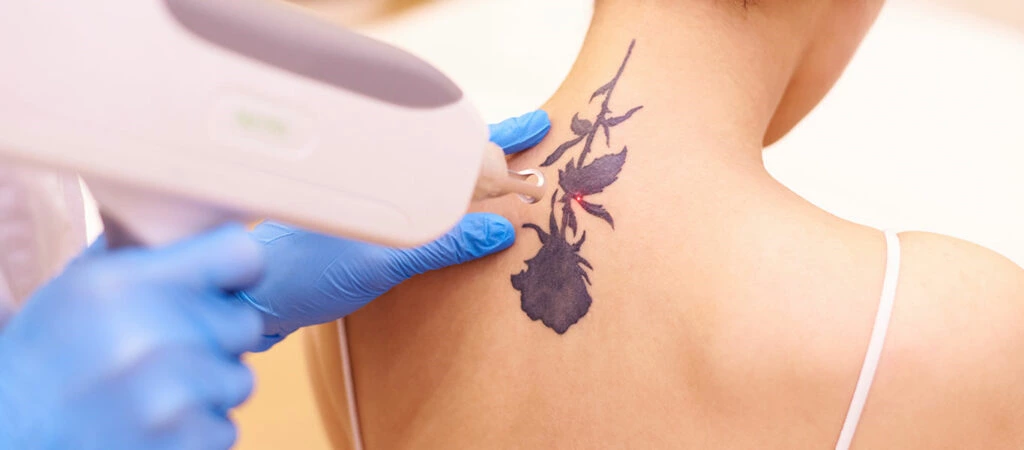
How long is the Treatment Circle?
After a treatment session with the ND:YAG laser, the body's immune system begins the process of eliminating the fragmented tattoo ink particles immediately. However, this process is gradual and not instantaneous. It can take several weeks for the body to effectively remove these particles.
The timeline varies from person to person, mainly depending on factors such as the individual's immune system's efficiency, the ink depth, the age of the tattoo, and the colors of the ink.
Typically, you can expect to see a noticeable change in the tattoo's appearance about 4-8 weeks after a laser treatment session. This is the approximate time taken by the body to flush out the fragmented tattoo ink particles, leading to the fading of the tattoo.
Bear in mind that multiple sessions spaced several weeks apart are usually required to fully remove a tattoo. This is because each session targets a new layer of ink that can then be eliminated by the body. The exact number of sessions required will depend on the specific tattoo and individual.

